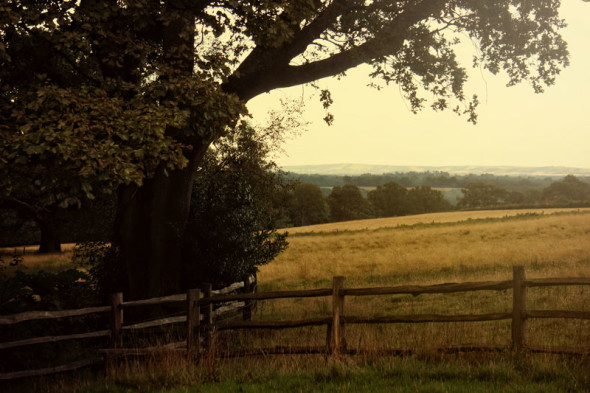 Dawn and dusk are the best times to spot deer. It’s during the first morning light or when the sun ebbs in the evening that Fallow deer move out of their woodland cover to graze in nearby fields or grassland.
Dawn and dusk are the best times to spot deer. It’s during the first morning light or when the sun ebbs in the evening that Fallow deer move out of their woodland cover to graze in nearby fields or grassland.
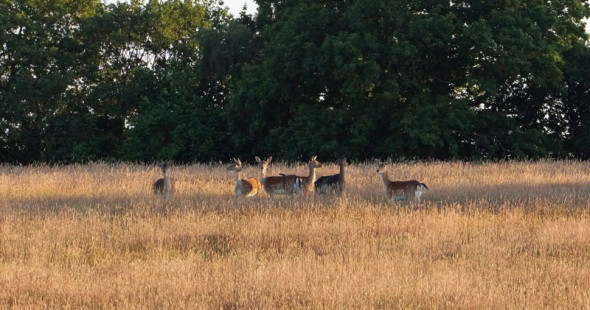 Near where we live in West Sussex there’s an ideal area for deer spotting – we had seen Fallow deer near here during a walk in the woods in July.
Near where we live in West Sussex there’s an ideal area for deer spotting – we had seen Fallow deer near here during a walk in the woods in July.
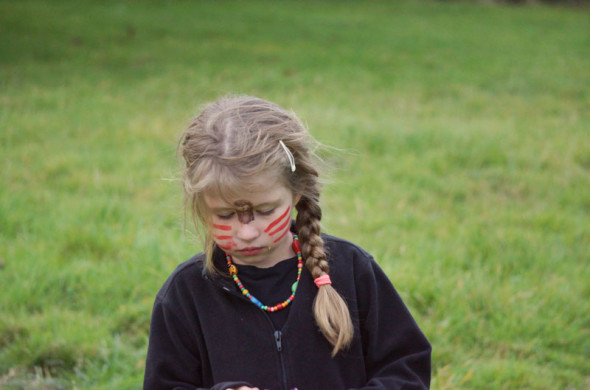 So this week during the early evening I took my kids in search of Fallow deer. It’s part of some adventures I want to take them on as little wildlife spotters. My daughter still had on face paint from dressing up earlier in the day as a Native American at summer camp.
So this week during the early evening I took my kids in search of Fallow deer. It’s part of some adventures I want to take them on as little wildlife spotters. My daughter still had on face paint from dressing up earlier in the day as a Native American at summer camp.
As Fallow deer are grazers, mainly eating grass, we entered the woods and headed towards an area where a field bordered the woodland. I explained to them that Fallow deer were introduced to Britain by the Normans in the 11th century – although the Romans may have brought over some too a thousand years before.
Soon we were rewarded with the sight of a herd through the trees. But despite being as quiet as possible as we walked through the ferns, a sound in the forest startled them. In an instant they had disappeared back in the woods.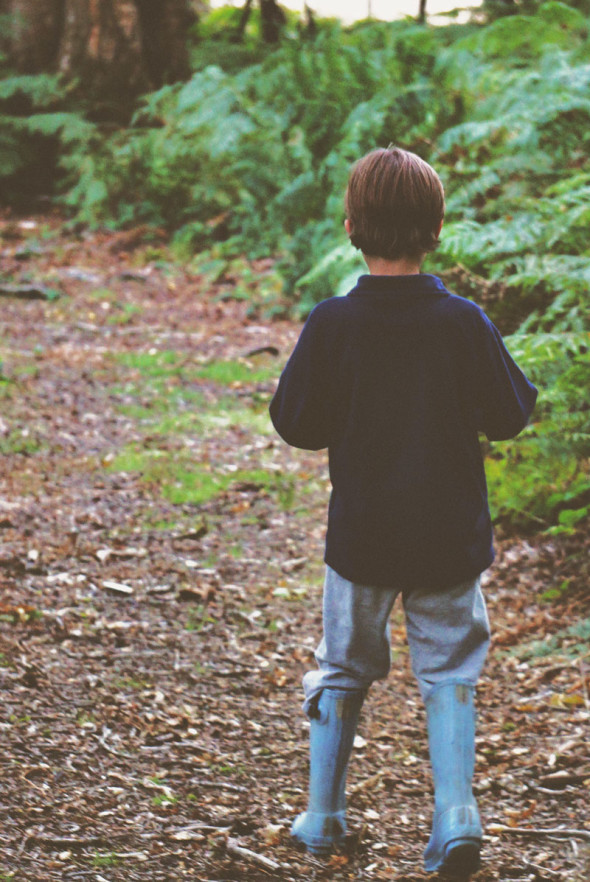
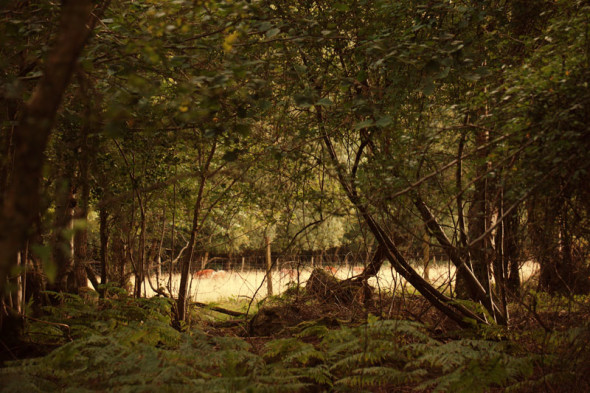
Of course that meant my kids could take a break from being silent. Climb some trees. Find some sticks. I then took them to another area where we might also spot deer, passing a hut on our way where pigs had formerly sheltered while foraging in the wood. We noted hoof prints in the mud close to the hut. As well as deer ‘droppings.’ Alas there were no herds nearby here this evening.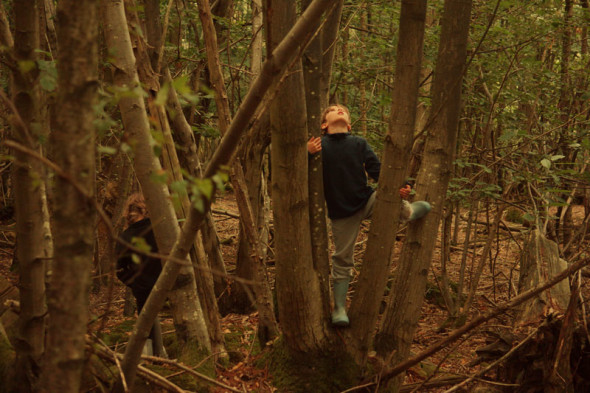
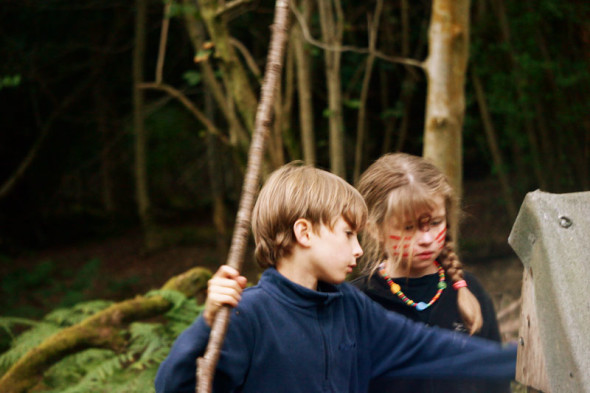
Last month my two had been terribly excited when one morning we watched a young Roe deer (image below) wander along our drive. Unlike Fallow deer, Roe as well as Red deer are native to UK. Roe deer are browsers enjoying tree shoots, shrubs and brambles as part of their diet. They’re also often spotted alone or in a small family group rather than in herds like Fallow deer.
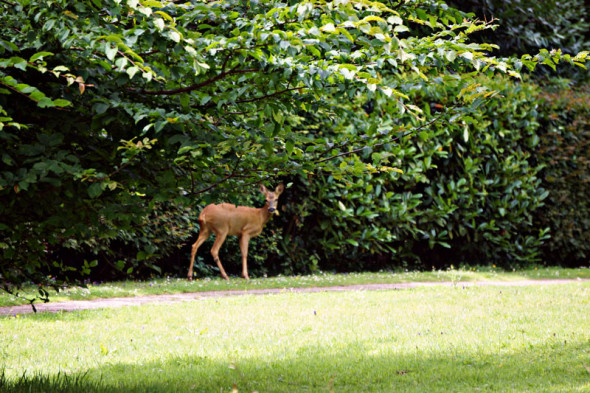 The next day my quest to spot and watch Fallow deer was fulfilled. Not in the same place but still very near. I slowly approached them – luckily walking up wind so they could not catch my human scent.
The next day my quest to spot and watch Fallow deer was fulfilled. Not in the same place but still very near. I slowly approached them – luckily walking up wind so they could not catch my human scent.
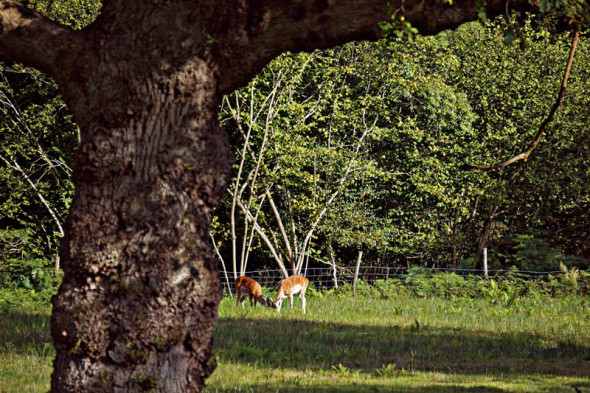
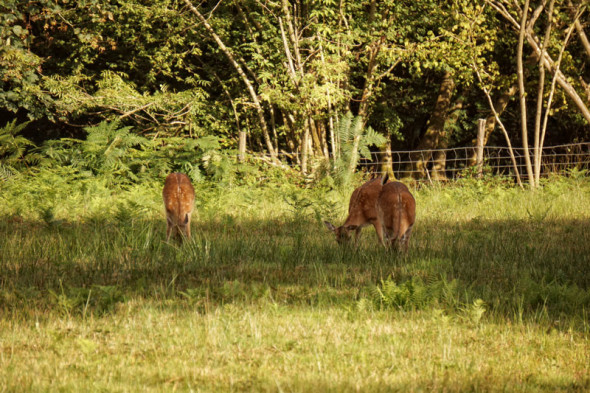
But a stick cracked under my foot and alerted them of my presence. Off they went leaping over a fence back into the forest.
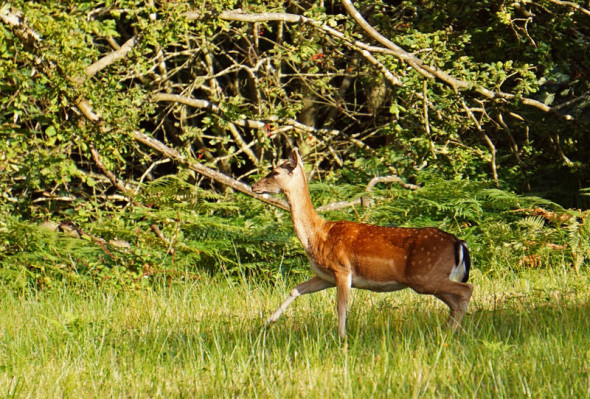
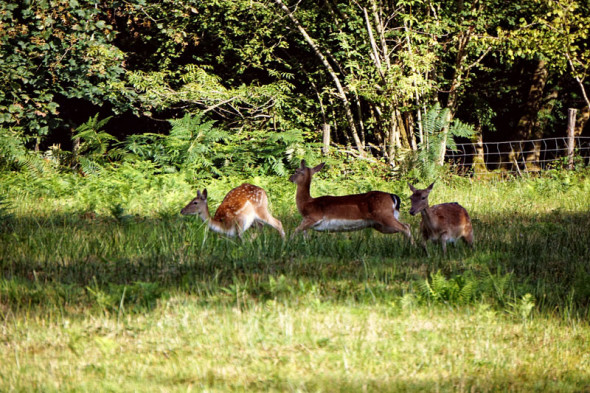
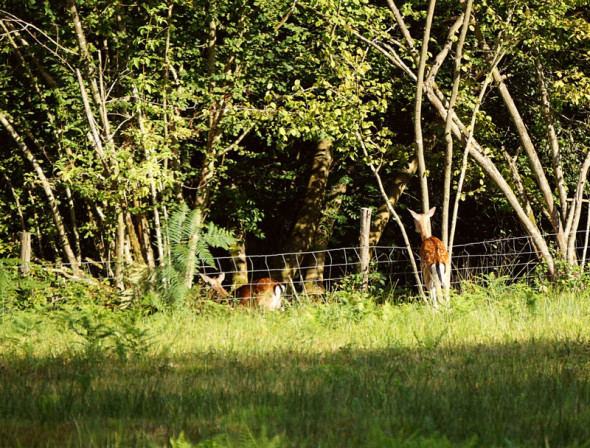
If you want to take your kids to see wild deer – UK’s largest mammals – then have a look at the British Deer Society’s (BDS) list of suggestions of where to see deer. They also have a fact sheet on Fallow deer which you can download.
My kids already want me to take them on another wildlife spotter outing to see large herds of deer in one of the parklands. But I have another adventure in mind to help teach them about Britain’s native wildlife…

Pingback: What colour deer? - Over there to Here
Pingback: Wildlife spotter adventure: British carnivore mammals - Over there to Here
Pingback: Wildlife spotter adventure - Rabbits - Over there to Here
Deer are magical creatures aren’t they. What a wonderful adventure to have as a family 🙂
#countrykids
They are so graceful! What a nice activity to do! #countrykids
What a fabulous adventure! Wonderful photos, as ever, I’m not having much success getting photos of our wildlife at the moment 🙂 Love L’s face paint! #CountryKids
We’re lucky enough to live close to a forest and have ventured up to the woods for deer spotting with our daughters on lots of early morning walks over the years. We’ve never managed to take any decent photos though. Your pics are gorgeous!
We’re lucky enough to live in a very rural area and we often see deer in the field behind our garden. If we try to get close to them they skip off into the woods so I’ve never managed to take any decent photos of them though – your photos are great.
Deer are terrible models! When I caught them the other day I was sneaking up behind an oak – and luckily the wind was in the right direction – so they only noticed me and fled when I stepped on some sticks!
I love where you live. It looks so idyllic! And of course, I always love your photographs 🙂 #countrykids.
thank you Dean – you’ve made my day!
We spent the afternoon at Richmond Park today and there are loads of deer there. My 2-yo gets so excited and just shouts ‘more deer, more deer’. 🙂
Richmond Park is such a fabulous parkland for adults and kids to see herds of deer. I can just imagine how excited your 2 yo was to see them!
Deer are such beautiful animals. We are lucky to have our own Fallow Deer here at Coombe and they allow us and our visitors to get quite close. Deer spotting sounds like a great idea for an adventure in the woods. Thanks for linking up and sharing with Country Kids.
I think it’s fantastic how your giving children an opportunity to see animals close up and learn more about them.